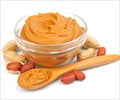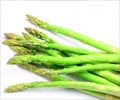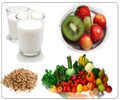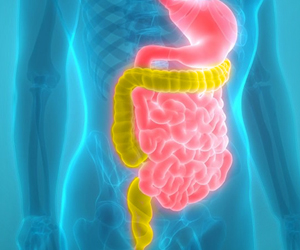Colour-coded traffic light nutrition labels help consumers identify healthy food, suggests a recent study by Oz researchers.
Some governments are trying to improve the quality of nutrition information that consumers have access to in supermarkets by adding labels to the front of food packages, but there is no standard approach, not all products have labels and in many countries several different systems are used."Food manufacturers are currently allowed to use any labelling system they prefer on the front of food packages. In some countries this has led to a plethora of different systems appearing on supermarket shelves, which only serves to confuse consumers more and does not allow them to quickly and accurately identify healthy products," said Bridget Kelly, a nutritionist at the Cancer Council, New South Wales in Australia.
"The food industry tends to favour the percentage daily intake method (known as Guideline Daily Amount in some countries), but our research indicates that the traffic light system is the most effective and that a consistent labelling approach across all food products is needed. This is unlikely to be achieved without government regulation," Kelly added.
The researchers conducted a study to determine the most acceptable and effective food labelling system for consumers.
Four different approaches were tested on 790 Australians to determine their preferences and ability to compare the healthiness of mock food products, using two variations of the traffic light system and two variations of the percentage daily intake system.
Each person was exposed to only one type of nutrition label, allowing each system to evaluated on it own merits without the influence of the others.
Advertisement
Also, those who were shown the traffic light labels were five times more likely to identify healthier foods than those shown a single colour version of the percentage daily intake label and three times more likely to do so than those shown a colour-coded version of the daily intake label.
Advertisement
Source-ANI
TAN














